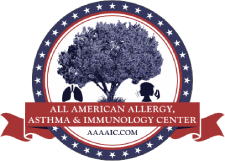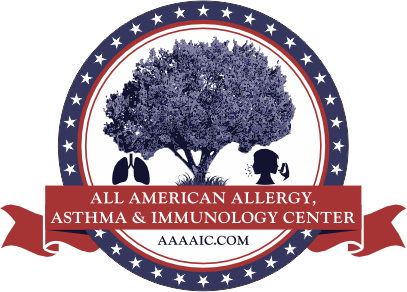With the pandemic on the wane, hay fever seems to return with a vengeance. The rising number of cases is likely related to more people being out and exposed to allergens. It doesn’t help that the warm weather is here, and the pollen count is higher than ever. 2022 saw some record-setting levels in regards to pollen counts. Anyone can get hayfever, though it’s more prominent in teenagers, particularly young boys. Adults tend to experience the condition in equal amounts. If you’re suffering from hayfever, it can be important to know if it’s impacting your breathing patterns.
Understanding Hayfever and Its Impact on Breathing Patterns
In the simplest terms, hay fever is an allergic reaction that occurs seasonally. Its underlying cause is high levels of pollen in the air, impacting those sensitive to them. Any given individual with hayfever may react to a different range of pollens. Some are sensitive to the tree pollen that occurs early in the year. Others are impacted by grass pollen during the middle of summer. Finally, some are impacted by weed pollen in late summer and early fall. The unluckiest individuals can be impacted by any combination of these, including all of them.
Symptoms associated with hay fever are fairly recognizable, including:
- Sneezing
- Blocked or runny nose
- Scratchy throat
- Headache or Blocked Sinuses
- Shortness of breath
- Streaming and itchy eyes
- Post-nasal drip
In addition to the above symptoms, hay fever can impact your breathing patterns. This is from the inflammation and irritation happenings in your airways. In addition to this inflammation, our respiratory airways generally produce more mucus in response to pollen. All these factors combine to narrow our airways, making breathing more difficult. As a result, sufferers often find themselves breathing through their mouths more than their noses. This leads to the overuse of the upper chest area, which can impact our breathing patterns.
Having an altered breathing pattern comes with significant health risks. It puts significant strain on the heart and the organs in the upper abdomen. Breathing through your mouth can also have an impact on your dental health. This breathing pattern causes saliva to dry out faster, leading to dry mouth. Saliva is an important part of protecting our teeth from decay, so tooth decay can happen faster with frequent dry mouth.
What To Do If You Have Altered Breathing Patterns
The most important part of addressing your altered breathing pattern is speaking to your allergy specialist. These specialists can help you take steps to get your hay fever under control and restore normal breathing patterns. Call and get an allergy consultation with today if you find yourself struggling with hay fever and breathing pattern concerns. They’ll coordinate with you to develop a treatment plan to hold your hay fever at bay and help you breathe normally. Don’t wait! The faster you call, the sooner you’ll be on the road to breathing!


